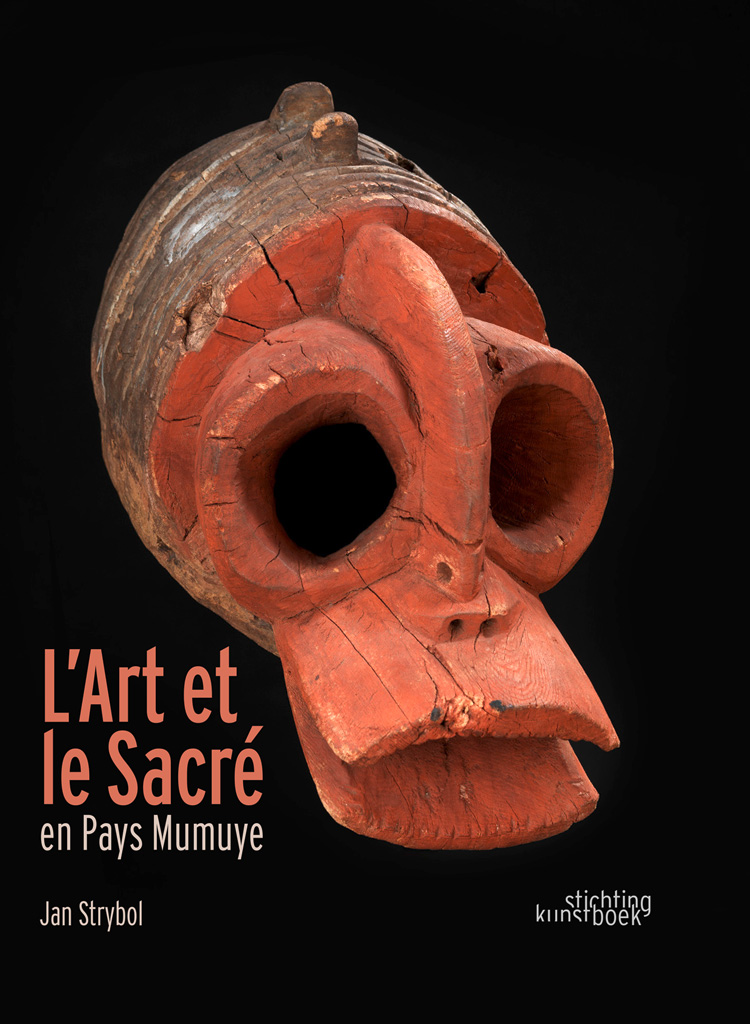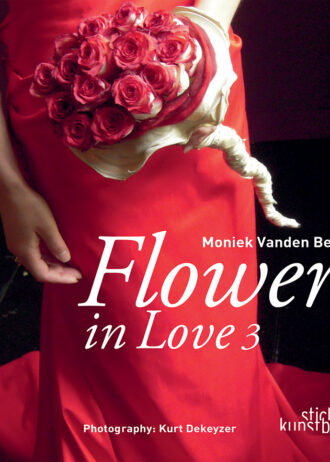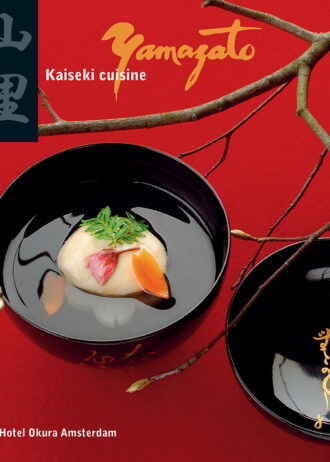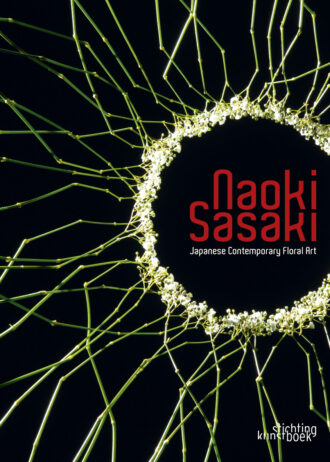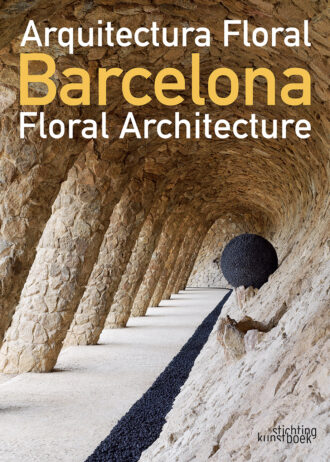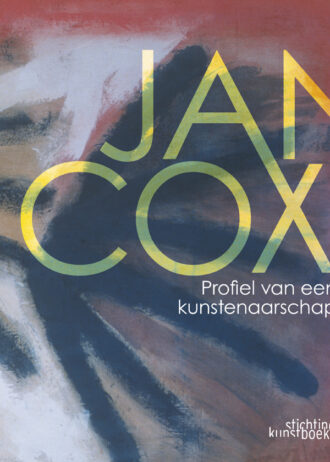This gerontocracy is also based on a system of initiation stages that are indispensable for access to the status of ‘religious chief’. Long isolated geographically, the Mumuye resisted for centuries the attacks of Muslim invaders and later the British colonial authority and the activities of the various Christian missions. As a result, woodcarving among the Mumuye continued until the beginning of this century.
In 1970 Philip Fry published his essay on Mumuye statuary, whose analysis of the endogenous network has lost none of its value to this day. Jan Strybol tried to analyse the exogenous network of this wood sculpture on the basis of in situ observations. In this way he was able to document about forty statues and a few masks. On the other hand, he managed to identify more than twenty-five Mumuye artists as well as a specific type of statue as being limited to the Mumuye Kpugbong group.
During and after the Biafran war, hundreds of Mumuye sculptures were collected. Using information collected between 1970 and 1993, the author has demonstrated that a number of these works are not Mumuye but must be attributed to relic groups scattered in Mumuye territory.
Master Florist
€59.90Geert Pattyn, one of the leading floral designers in Belgium, has a very natural and personal style. He has previously bundled floral creations in the bestsellers Floral Art Indoors and Twinkling Christmas. In his brand new monograph, we discover this captivating florist in his own natural environment. His home and garden are his source of inspiration, but also form the canvas for all his creations and presentations. As always: surprising, astonishing, enchanting and of the highest level, just like the photography of Bart Van Leuven. Images to dream away with.

